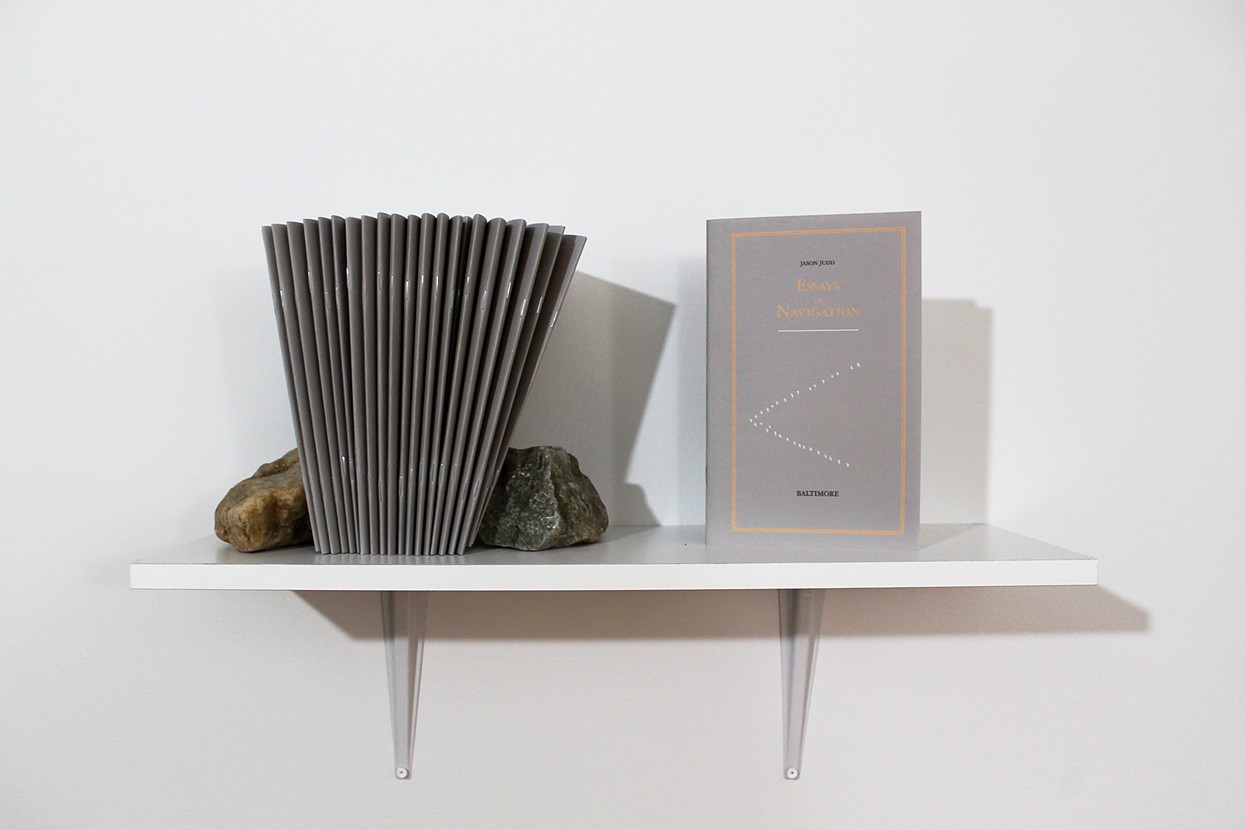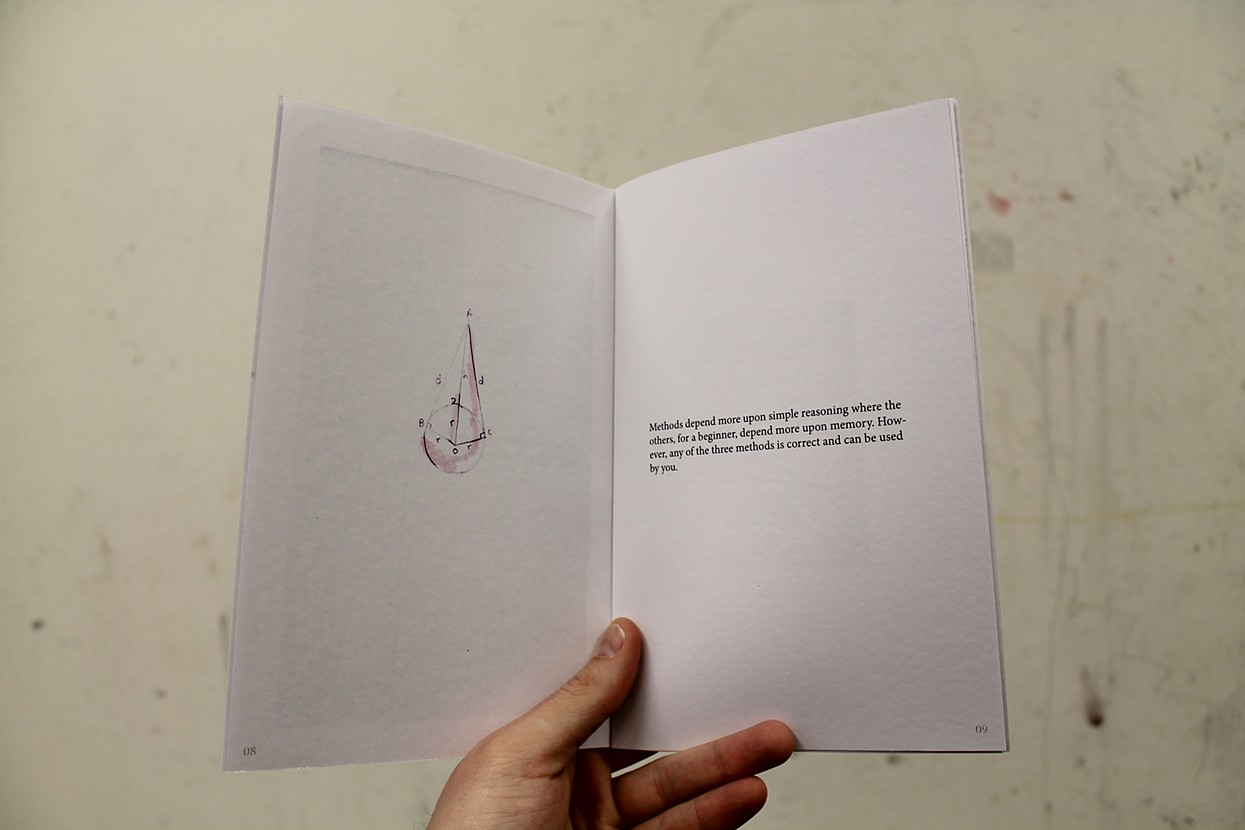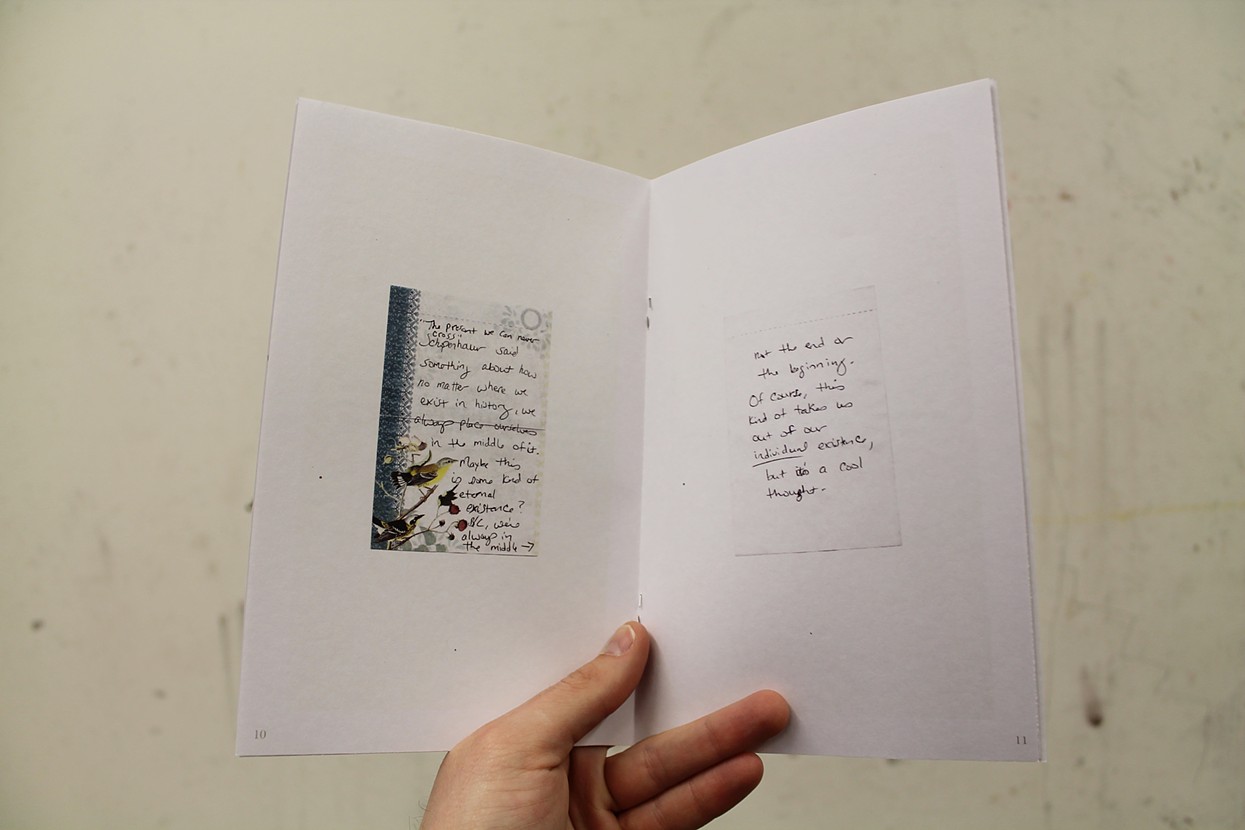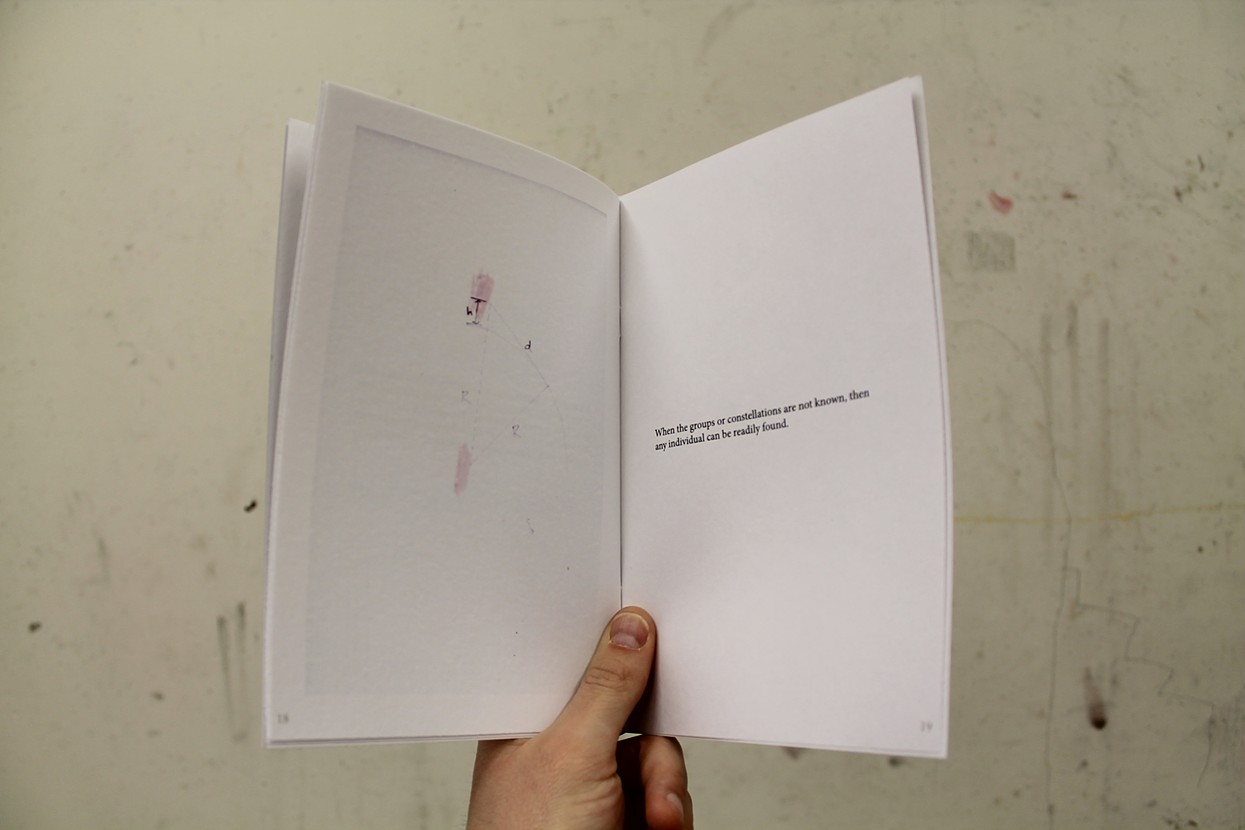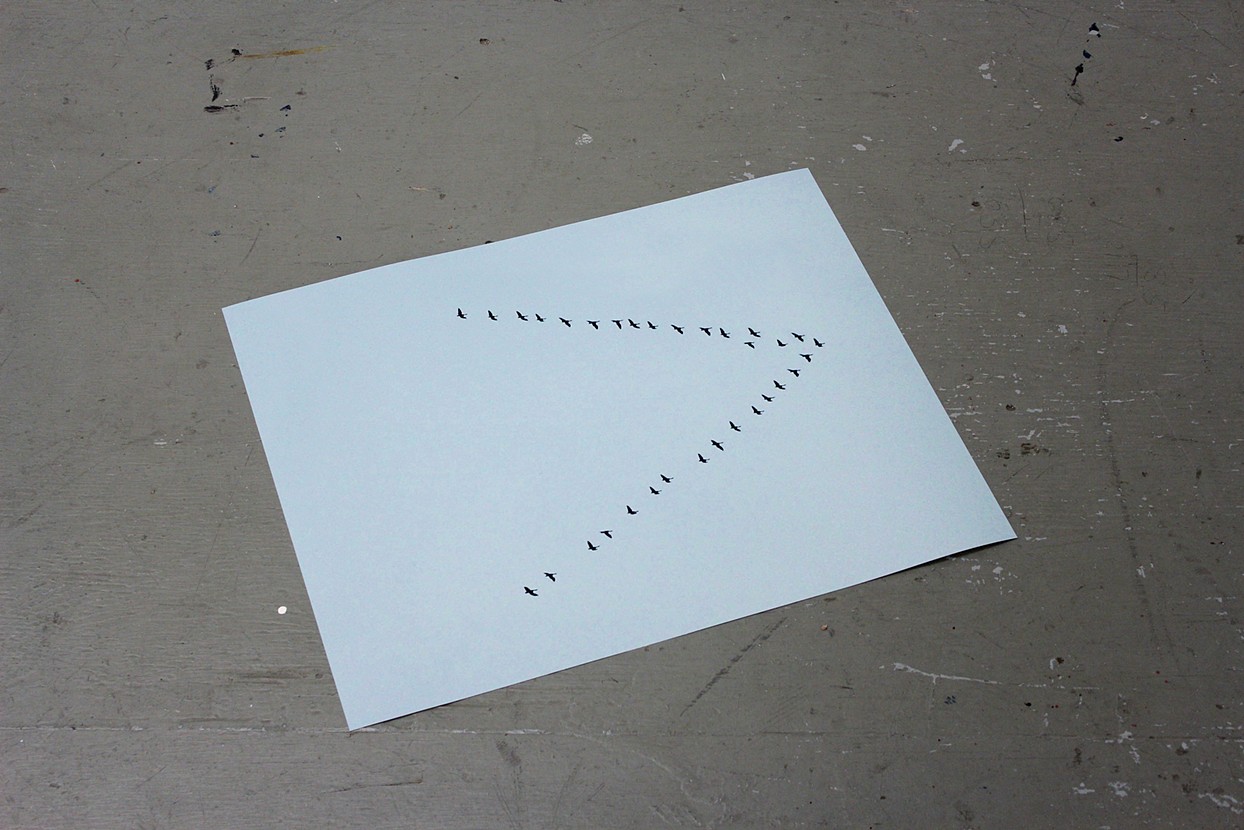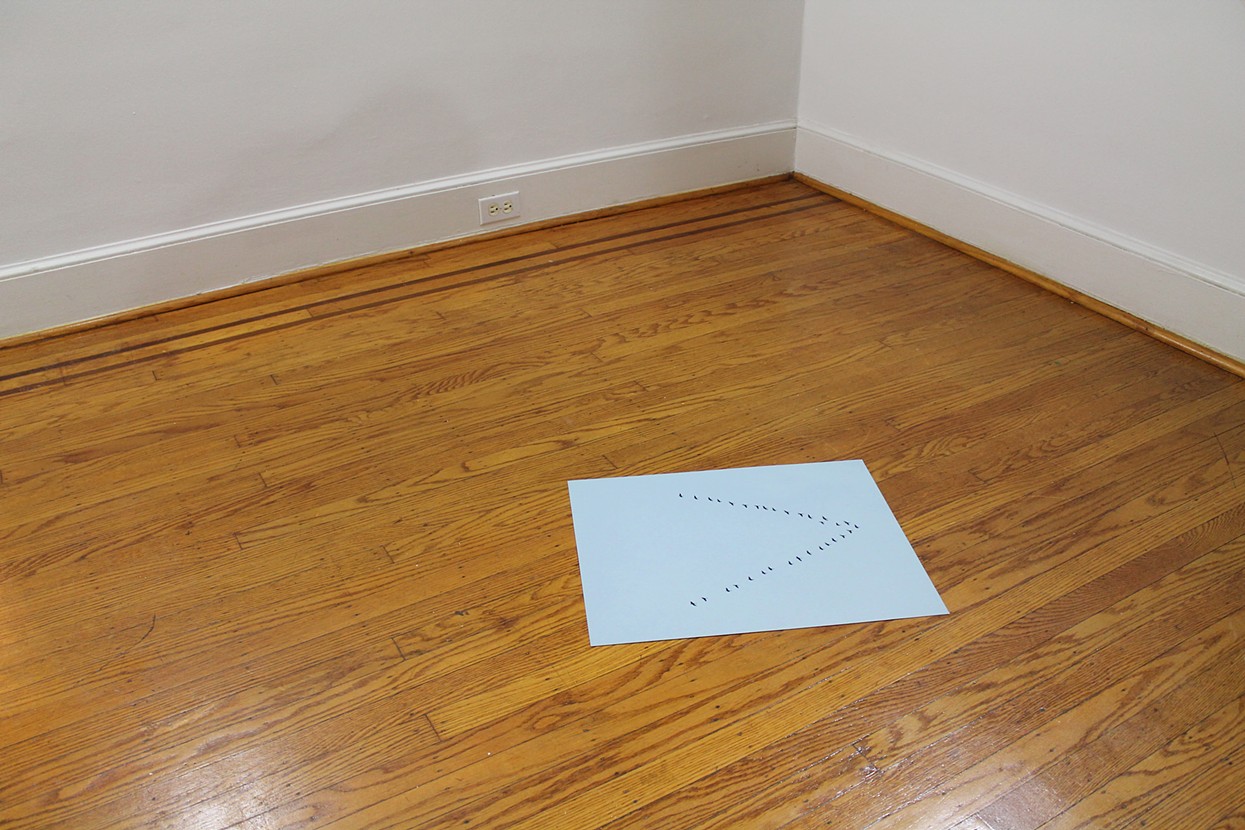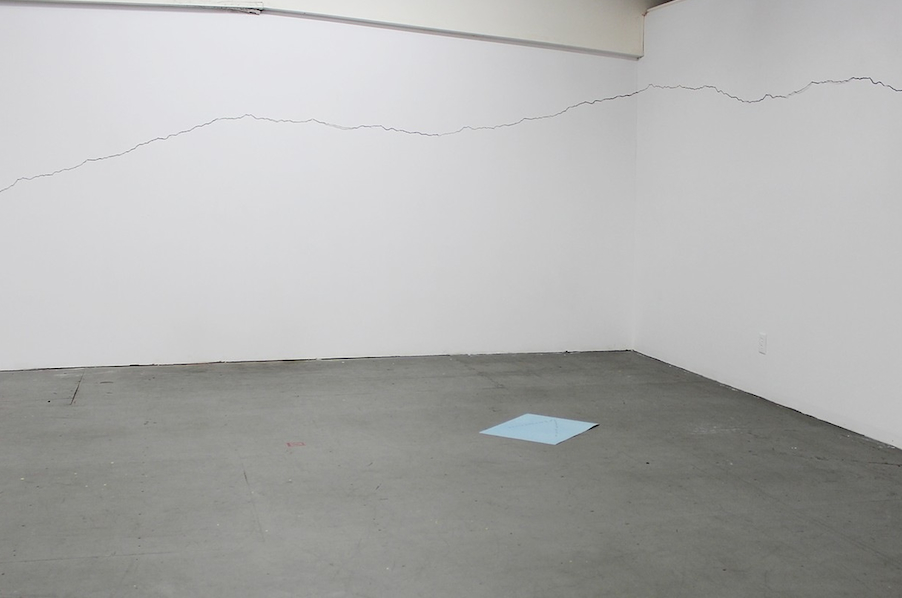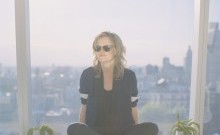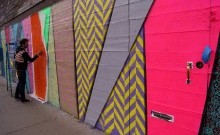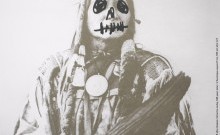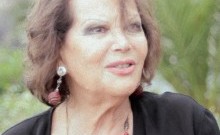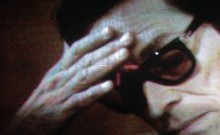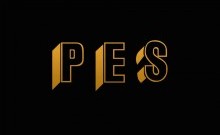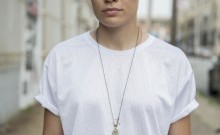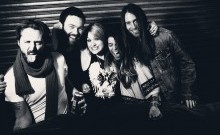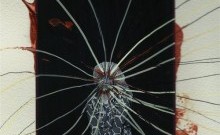The Art of Navigating Missed Connections
“So washing dishes is really weird, right?" Jason asks.
"Yeah," I answer.
"Yeah, I don't know where that goes but it's a really strange thing that we all do. And you know, these are really small questions that are really big and really silly. I feel like I'm Jerry Seinfeld saying, 'Washing dishes, isn't that weird?' But that's just as silly a question as, uh, 'Why am I here?'…'Why am I washing dishes?’”

There is no cosmic need to question the chances of our Craigslist’s Missed Connection meeting just as there’s no need to question the chances of Jason, or any one of us, for that matter, existing. Yet, we do and in his work, “Acts of Consciousness and Other Longing,” this is what Jason Judd does. “My parents are sitting there in front of a green screen and I asked them to pose for [twenty] minutes, like they would pose for a camera. So I took one into the studio and made them pose and I would record but this time with my other parent. And so that’s kind of like a process-oriented part of it: making one wait as I hang out with the other…They’re doing this out of love for me...It really comes down to these two loving parents,” Jason elucidates. By setting two monitors up on platforms -- each with a continuous twenty minute video loop of his parents sitting, filmed separately, posing into a camera -- to face each other with a space in between, Jason invites the viewer to witness that miracle of his own life. “I really like the space in the middle of those two because…that space is really important and it’s kind of like my space. So if you stand in the middle of it, you kind of put yourself in the space of me. And my parents are gazing at you like they would look at me.”
“There’s this great feeling of perseverance and endurance. And it’s kind of a statement about how I see my parents and what they’re willing to do and what they’re willing to do for me and what they’re willing to do for each other…At the end of the [twenty] minutes their smile is really forced and they’ve slumped down and they’re kind of tearing up from the light. I thought about Roland Barthes’ writing called ‘Waiting.’” In ‘Waiting,’ Barthes writes, “ ‘Am I in love? – Yes, since I’m waiting.’ The other never waits…The lover’s fatal identity is precisely: I am the one who waits.”
"It's not that I'm a huge existential nerd philosopher,” Jason explains. “But I think there is that question [‘Why am I here?’] through really wonderful everyday experiences. And I think it's one of those things that's really about being aware of the outside, being aware of these small beautiful things and then as you are aware of them you can start appreciating them and considering them. And I think that's what separates creative people from the not-so-creative, is that consideration and keeping that frame of reference in mind.”
Though I’ve never thought of that delineation before, I couldn’t agree more and I am struck by the truth he speaks, the deep thinking it involves. I, too, am plagued by such resounding, eternal questions in the midst of the mundane activities of my everyday life. Perhaps that’s why we relate. Maybe that’s what he sees in me across the room, what provokes him, that day four years ago, to write me a Craigslist Missed Connection. Maybe that’s what I sense in his post that makes me answer – a fellow questioning stranger.
Recently, Jason has taken his art in a new direction, one that centers on the concept of navigation. “The new work challenges the viewer to take some time and the titles are just as important to understanding the piece as just looking at it. And, you know, you could be very dismissive as a viewer. You have so much freedom as a viewer.” So Judd isn’t trying to control anyone with his work, he puts something out there and allows the viewer space. “I was really thinking about the aesthetics of the gallery as to how to display art in a gallery and thinking about my pieces as small statements of a bigger concept. So instead of trying to pack all of that punch into a single piece, to start making work that compliments each other in a space with each other. The work got a lot more simple and a lot quieter and actually a little more challenging… Instead of talking about ‘Why do I exist?,’ I talk about ‘Where am I going?’ I guess that’s a different way of asking, ‘Why do I exist?’ Then I take ahold of literal navigational tools: bird signs, there’s a horizon line that I want to go to at this point. And all of those small, little navigational references I think have large, existential implications to them. Those are the things that fill our lives until we die, our goals navigating.”
“There’s that tension between accidents in navigating our lives and our intention.” The fact that I ever even meet Jason, is a prime example of this duality he’s talking about. It’s accidental – what are the chances? That we’d be at the same place at the same time: a concert I have no interest in but am invited to by, not even my friends, but my cousin’s friends, and attend because I never turn down an opportunity to see live music. That at that place and time he would notice me, as he writes – a long, brown curly, haired girl -- dancing in the crowd. That he would unlock his bike outside as Jackie, my cousin’s friend, calls my name, so he would know what to title the Missed Connection. That he would be brave enough to write; that I would catch his post; that I would be brave enough to answer; and from there, that both of us would have the courage to meet face to face – it’s all so odd.
What are the odds? It’d seemed fated if I didn’t believe in chaos. But Jason’s “message into the ether,” as he calls it, is sent forth with an intention and I answer it with an intention. He’s shocked when I answer. He doesn’t know what to do next; he doesn’t expect it. There are two stories here: one intentional, romantic, a call and an answer; clear and simple. The other is never-ending, chaotic, existential; a perpetual question, “investigating,” he calls it. The first: is one of beauty. The second is one of meaning. One causes you to question, one leads to some sort of answer.

In his piece, “Horizon Line,” Judd takes a photograph he has snapped of a mountain range near Seattle, and meticulously cuts out just the portion of the photograph where the mountain meets the sky, then strings the pieces across the walls of galleries in connected 64” strips. “I chose the horizon line because that’s somewhere that you can travel to that you can never get to; that’s a perpetual journey to get to the horizon line that’s never ending. And I like that kind of romantic idea of always arriving, but never arriving at that place.”
While “Horizon Line” is a room-filling statement, another piece in his current navigation-themed work, “True North,” is small and seemingly undetermined. Judd describes this piece concisely as a “photograph of geese always depicting the flight as North in the gallery.” Jason arranges this piece in each gallery so that the arrow the flying birds create will point the viewer, literally, to the direction of true North. While the mountain range looks almost like a crack across the wall of the gallery, or more technologically, the spikes and crevices of an EKG machine reading which expands and encompasses the space, “True North” is a single sheet of paper lying on the gallery floor. “In the age of images that we live in we’re still pretending that the photograph is this precious object to be encapsulated in a frame…Really we’re all amateur photographers now and we’re inundated by images…facebook, tumblr and everything…You see all these images and it’s hard to contextualize…This photo of geese is obviously taken looking up…I wanted to think about how we read images…instead of framing it…If you want to be dismissive of this piece of paper on the floor, you could. But isn’t it interesting that there’s an intentional piece of paper that’s a photograph on the floor? So it’s about wanting to be more investigative in the gallery just as you should be more investigative out in life.”
So maybe that’s what that Missed Connection is that Jason sends out to me: an investigation. It may seem, then, as if both Jason Judd’s life and art is driven by investigation, by philosophy, by questioning, by deep thinking. Yet in the end, it materializes into real, gripping and aesthetically pleasing results. Still, in discussing his work, Judd seems to lack a sense of ownership over them. They strike me more as dialogues than as self-determined entities, this incites me to ask, “So you don’t look at pieces of art as commodities or possessions at all? They’re more just, like, philosophical statements?” He answers, “Yeah, to me my art is. And I more than understand that there’s an art market, and levels of art and I have some art that is sellable but it’s not on purpose because I’m not extremely interested in being a sellable artist and I don’t think a lot of artists are. It’s a very important fact. If you can live off of selling your work that’s an amazing feat and it should be commended to the fullest degree. But I guess I just don’t happen to be interested in things that people would like commercially.”
Jason Judd makes such beautiful things, but he doesn’t do it to make beautiful things. It’s something more. In discussing his breathtaking work, An Essay on Beauty, Jason references a book by Dave Hickey, The Invisible Dragon: Essays on Beauty. In this work Hickey writes, “Nothing redeems but beauty, its generous permission, its gorgeous celebration of all that has previously been uncelebrated.” Later Hickey adds, “We die from lack of meaning.” These dueling forces, the desire to be swept away in a moment of beauty and yet the essential need for us to understand is, Jason insinuates, the driving force behind this work. In this piece, Jason explains that he asks about his mother, who is not an artist: “Why can’t I get back to the place where my mother is? This being so easy and so clear…I want to appreciate things the way she appreciates them and through academia and through, you know, everything I’m interested in, it seems to cloud up a form of sincerity for myself.” This desire to return to the “naïve” or “sincere” appreciation of beauty that Judd’s mother possesses, I think is a common craving among those at the top any field. The more one is aware of a discipline, its history, theory, and nuances, the more critical one tends to become. But there is all engrossing desire for understanding and knowledge, just as it seeks the true form, illuminates true flaws.

This work, “An Essay on Beauty,” depicts precisely this dialectic between appreciating art in a wholehearted, uneducated way and the quest to understand it. It is comprised of a crumpled piece of paper “covering up” a video of a sunset. A 2x4 holds up this piece of paper as an allusion to Richard Serra’s sculpture “Prop.” The paper is haloed by a projection of a setting sun – seemingly simple enough. However, in order to accomplish this, Judd has had to learn a complicated computer coding process called “projection-mapping” by watching hours upon hours of youtube videos. Thus, Jason has “painstakingly removed where the paper would be covering [the sunset] up so it gives the illusion that this sunset is actually playing on the wall…So there’s a little bit of tension between these really easy, useable construction and art tools and materials and then this very complicated representation of the sunset…So I’m kind of basing off modernism and Richard Serra and what it means to support something and that immediacy of sculpture, is kind of denying you of the beautiful representation of the sunset…There’s a very democratic idea of what we think is beautiful so it’s negating the representation – like a photograph is a representation, a video is a representation – that we take as truth but it’s only a representation…These kind of ugly raw materials are with you and what they’re doing is saying, ‘We’re real. This beautiful sunset is not real.’”
Judd’s work “Into the Sun,” brings to light exactly this quandary and in the making of it, prompts him to look directly into that blinding light itself. The sun is a repeated motif Jason has used in some of his older pieces. He cites it as an important subject throughout the history of art. Judd’s work “Into The Sun” is a three minute diptych video. One camera focuses on the sun, the other on Jason who stares into it, bare-eyed. With this work Jason begs the question: “Am I staring at the sun or is the sun staring at me?,” going on to say there’s an “existential connection to this really futile act.” It’s also a painful and dangerous act. “It looks like I’m weeping. It looks like I’m having this tremendous religious experience or this tremendous emotional experience but the case is I’m not having any of those experiences. What it is, is pain. What’s really interesting is that this video creates this transcendental experience of the sublime and having clarity and crying and uncontrollable facial movements because of how we think of the sun. We depend on the sun; we’re alive because of the sun. Through the ages the sun has been worshipped, directly so. But the ironic thing about the sun is that you can’t stare at the sun. It’s very much like a god figure.”
“But you had purely human reaction to it, right?” I ask. “Yeah, it’s a purely human reaction,” Judd responds. “And it’s [the viewer thinking that I’m having an emotional epiphany which makes it] kind of a false reading. So that’s why it’s a diptych, too. The sun is forever staring at me and not wincing but I am and you’re setting up a hierarchy. And, also, I was thinking about the idea of Plato’s ‘Allegory of the Cave’ where the people are in the cave and they just see the shadows on the cave wall because the fire’s behind them and they think that the shadows are reality. And it’s all about perspective and that kind of never-ending quest or wanderlust for truth.”
Then, in thinking about Jason Judd, there are these things: an abandonment of the danger of the sun in an attempt, through viewing it directly, to understand it and become its equal; mountain tops arranged on walls; a photograph of birds flying through the sky deliberately left on the floor; a sunset coded to blend around a purposeful obstruction; the space between two video loops of his posing parents that presents an aura of himself; and a Missed Connection sent out with no real hope or expectation of response. And yet, he gets a response. His works translates, his message his heard. Probably because he’s always asking questions, questions that many of us are. Surely because he takes that extra step -- that leap from deep philosophical questioning to materialization, whether it be a few words on a internet forum, or the faces of his parents responding to a favor he asks of them simply because he’s their son and they love him, or the promise of a sunset behind a crumpled sheet of paper -- his intentions turn into reality.
“I believe I’ve always been interested in the same large, romantic, existential question but it’s always about fine-tuning how to materialize my interest and my questions. And I think the older and the more mature one gets in their art practice through time, they find quiet and subtle and magical ways to present things. You know, that takes practice and in younger artists I think it’s hard to weave out of that biographical stage, too; to stop having things be exactly about ‘myself’ and to offer the viewer to project on my work and find a commonality.” As a result, we, the viewers, live all the richer for having our minds been piqued by his quiet, subtle, magical artistic acts. My hunch is that if any of us happens to chance upon a Missed Connection that Jason sends our way, we would respond. We wouldn’t want to miss what he has to say.

